A Frog is any number of different amphibians in the taxonomic order Anura. As a whole, the group has stout bodies and folds their long legs underneath them. You can find them in a variety of different colors and sizes.
While most Frogs have moist skin and live near water, some individuals in the group, known as toads, have dry, warty skin. Read on to learn about the Frog.
Description of the Frog
Though they all have a similar body shape, these amphibians come in a variety of colors and sizes. Generally, species with toxic skin have bright colors. Conversely, non-poisonous species usually have cryptic colors.
These creatures range widely in size. At their smallest, some species grow to less than ½ inch long. At their largest, some adult Frogs reach 13 inches long. The heaviest specimens exceed 7 lbs. or more!
Interesting Facts About the Frog
Across the globe, you can find over 7,000 different species of Frogs! Learn about some individual species and what makes them unique below.
- Paedophryne amauensis – Not only is this species the smallest amphibian in the world, it is also the smallest vertebrate in the world. You could fit several adults of this species on a U.S. dime comfortably! Unlike most Frogs, this species doesn’t produce tadpoles. Instead, its young hatches as a miniature version of the adult.
- Goliath Frog – If we talk about the smallest, we have to talk about the largest! This whopping specimen reaches lengths of over a foot long. It also tips the scales at over 7 pounds! When you stretch its rear legs out behind it, the goliath measures over 2 feet long.
- Yellow-Banded Poison Dart Frog – If you are looking for bright, you’ve found it! If you couldn’t guess by its name, this species is bright yellow with black bands across its body. Poison coats their skin to keep predators from eating it. They obtain the poison from the insects that they eat, so those that live in zoos are not poisonous!
- Desert Rain Frog – This species looks more like a pebble than a Frog. It lives in sandy habitats along the coast of South Africa and Namibia. This creature’s claim to fame is its incredibly hilarious and adorable vocalization, check it out here. It sounds like a squeaky dog toy!
Habitat of the Frog
With such an immense variety, it is no surprise that these creatures live in many different habitat types across the globe. You can find hundreds of species in aquatic habitats, like lakes, ponds, streams, and wetlands. However, they also live in sand dunes, rainforests, woodlands, and even parks or gardens.
Distribution of the Frog
With the exception of the Arctic and Antarctica, you can find these amphibians virtually across the globe. They live on every continent but Antarctica, though they are absent from some isolated islands. The greatest number of species occur in tropical regions, or areas with warm temperatures and high rainfall.
Each species has its own unique distribution. Some live across vast ranges, inhabiting multiple countries and continents. Others occupy just a tiny region or a single island.
Diet of the Frog
Diet varies based on the species, and size, of the Frog. Larger animals can eat larger prey. Another primary restriction is where the animal lives. Individuals only have access to prey that lives close enough for them to find!
Some common prey items include ants, beetles, grasshoppers, crickets, and other invertebrates. Larger species also feed on other Frogs, lizards, and even small mammals like mice.
Frog and Human Interaction
Human activity impacts these amphibians immensely. The results of these impacts vary from one species to the next. Species with large populations that live across vast regions face less threat than isolated populations.
Some of the primary dangers to all of the various species include habitat destruction, pollution, climate change, and more. People destroy the wetlands and forests that these creatures live in, usually for agricultural purposes or logging. Runoff of fertilizers and other pollutants enter the lakes and ponds that these amphibians live in.
Domestication
Humans have not domesticated Frogs in any way.
Does the Frog Make a Good Pet
Some species do make good pets! However, it is important to know everything that goes into an animal’s care before you decide to buy one as a pet. It is also important to ensure any pet you buy was bred in captivity, and not captured from the wild.
Frog Care
Care for these amphibians in zoos, or for those kept as pets varies drastically from species to species. Some live in tropical regions, and their enclosures must always be warm and moist. Other species live in dry regions and prefer dry enclosures with sandy substrates. Each species is different and requires specialized care, and a different diet.
Behavior of the Frog
With over 7,000 species, it is nearly impossible to lump all animals into one behavioral category. Some species spend their days hiding from predators, and search for food at night. Other species are more active during the day, and rest overnight.
Social behavior also varies from species to species. Some species display solitary behavior, and live alone. Others spend most of their time alone, but congregate in large numbers seasonally.
Reproduction of the Frog
While some species deviate from this behavior, the vast majority of Frogs breed by producing eggs. Those eggs hatch into tadpoles, which metamorphose into Frogs. Most species lay their eggs in water. The tadpoles then spend all their time in the water until they grow their legs, and develop their lungs!
Once tadpoles grow legs, their tails slowly disappear. When they reach adulthood, they look like a smaller version of their parents. At hatching, most tadpoles are fully independent. However, some species do protect their eggs, or their tadpoles.

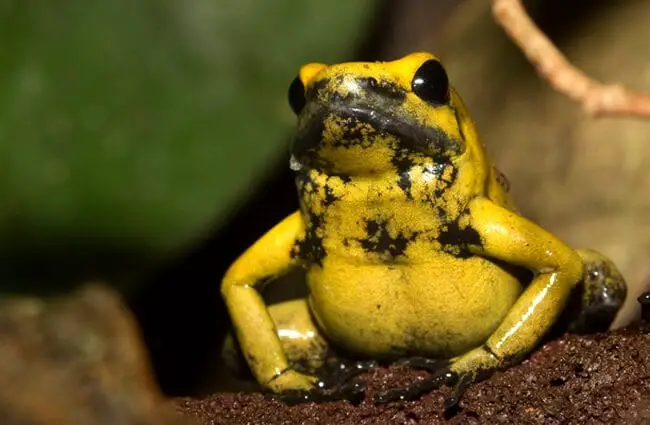
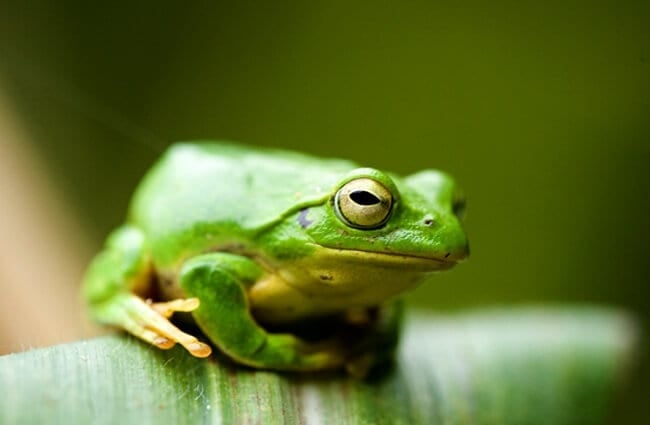

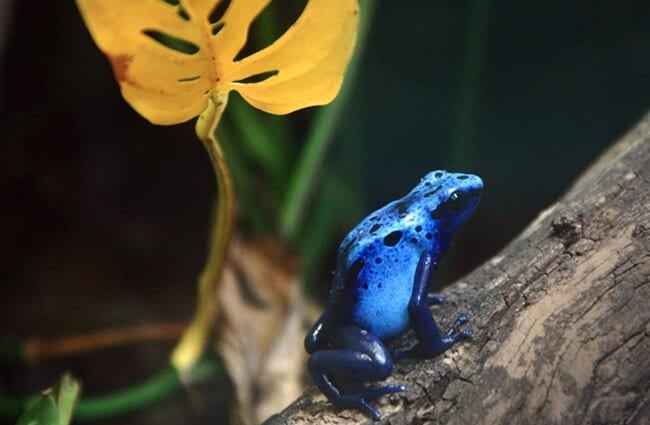


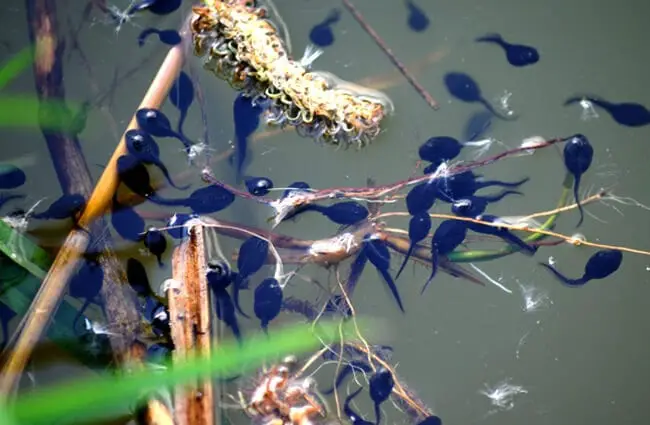
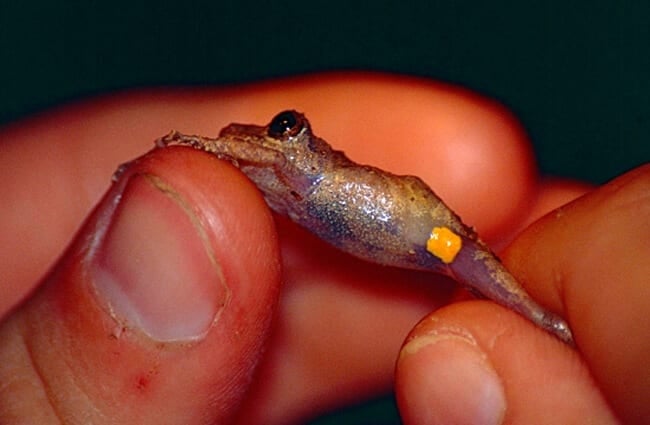
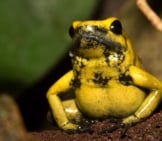
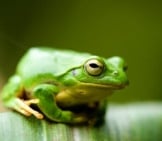
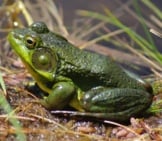
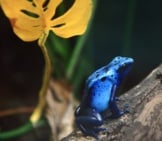
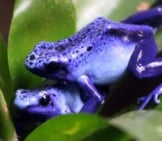
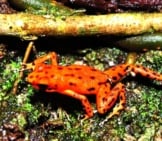
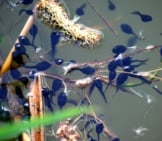
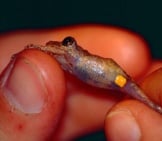
![Red Angus Closeup of a beautiful Red Angus cowPhoto by: U.S. Department of Agriculture [pubic domain]https://creativecommons.org/licenses/by/2.0/](https://animals.net/wp-content/uploads/2020/03/Red-Angus-4-238x178.jpg)












![Red Angus Closeup of a beautiful Red Angus cowPhoto by: U.S. Department of Agriculture [pubic domain]https://creativecommons.org/licenses/by/2.0/](https://animals.net/wp-content/uploads/2020/03/Red-Angus-4-100x75.jpg)

